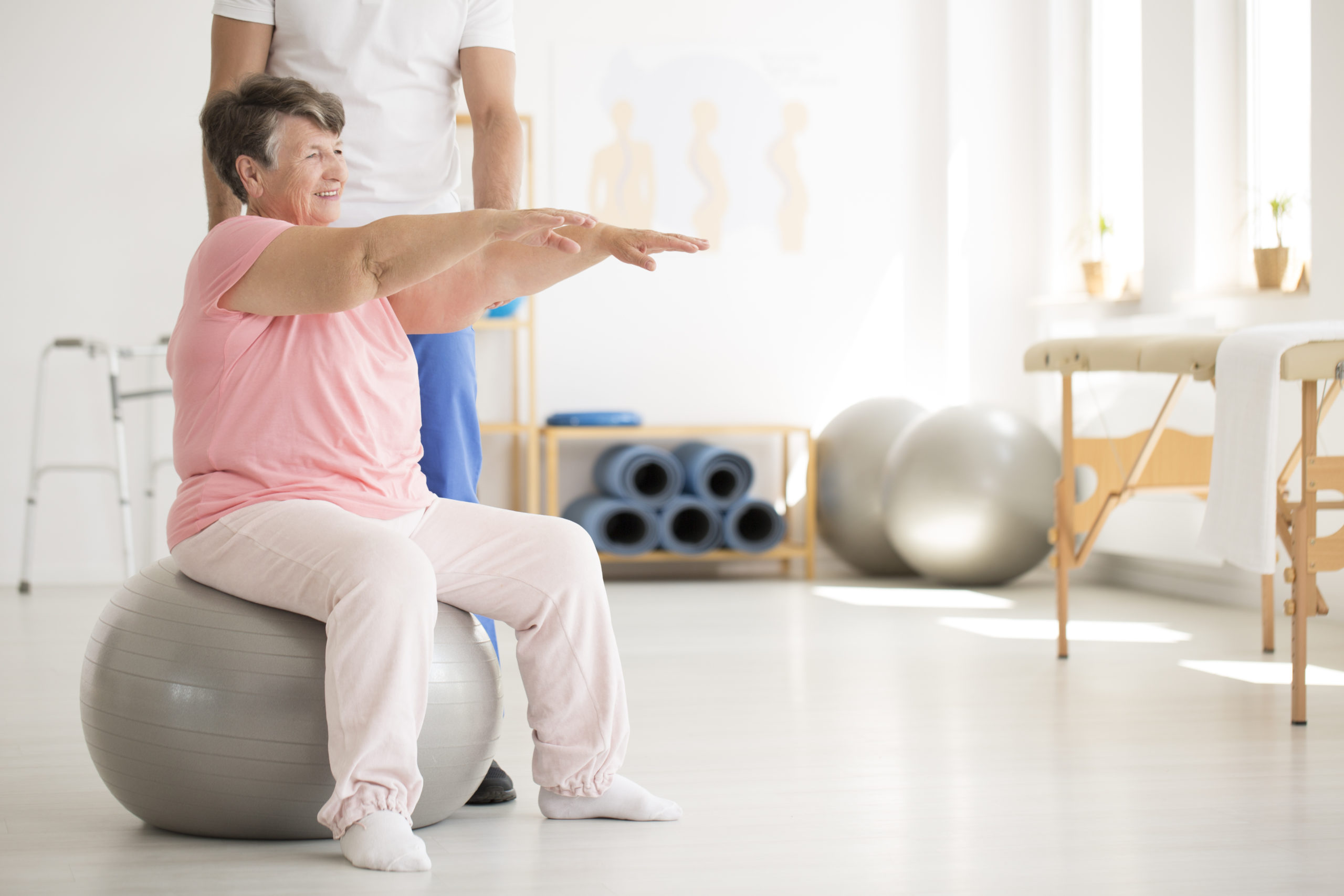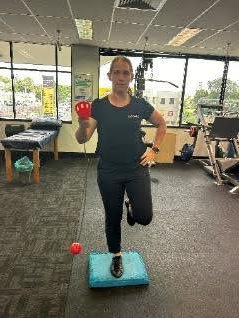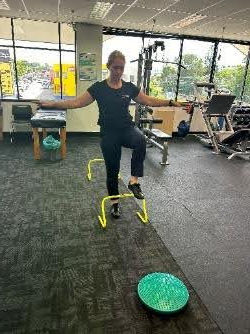
Balance, the delicate dance between stability and motion, is a marvel of the human body.
Our ability to remain upright relies on a symphony of intricate interactions between various systems in our body. If just one of these systems fails to play their part, we may literally end up right on our head. In this exploration, let’s unravel how these systems contribute to balance and shed light on the conditions that can disrupt this delicate harmony.
Key Players in Maintaining Balance
Vestibular System
At the core of our sense of balance lies the vestibular system. The vestibular system is located within the inner ear and is made up of fluid-filled canals and sensory receptors. This system is responsible for detecting changes in head position and movement and provides important feedback to the brain about our spatial orientation and motion.
Visual System
Our eyes are powerful sensors that provide visual information to our brain about our position and the movement of our surroundings. This visual input helps us coordinate movements and maintain balance.
Proprioceptive System
Embedded within our muscles, tendons, and joints is the proprioceptive system, which provides feedback to the brain about the position and movement of our body. This internal sense of awareness helps us make automatic adjustments to our posture and movements, helping us maintain stability and coordination without even thinking about it.
Balance Disruption
Vestibular Disorders
Interference with the vestibular system, whether due to inner ear infections, inflammation, or structural abnormalities, can lead to vertigo, dizziness, and impaired balance. Conditions such as benign paroxysmal positional vertigo (BPPV), vestibular neuritis, and Meniere’s disease are common vestibular conditions that can impact an individual’s ability to maintain balance.
Neurological Conditions
Neurological disorders that affect the parts of the brain responsible for balance can lead to instability and unsteadiness when walking. Conditions such as Parkinson’s disease, multiple sclerosis, stroke, and other brain injuries can affect the body’s ability to coordinate movement, posing significant challenges to balance.
Musculoskeletal Impairments
Muscle weakness, joint stiffness, ligament flexibility, and impaired proprioception can stop the body’s ability to maintain balance and stability. Age-related changes, musculoskeletal injuries, and musculoskeletal diseases can inhibit the control necessary for good balance.
Achieving Balance: Strategies for Enhancing Stability
Vestibular Rehabilitation
For individuals with vestibular disorders, vestibular rehabilitation by physiotherapists may be helpful. Physiotherapists with expertise in vestibular disorders use targeted exercises and manoeuvres designed to improve the vestibular system’s capacity. These interventions aim to ease symptoms and restore functional balance. Physiotherapy is also the first-line intervention for the vestibular condition BPPV. Manoeuvres, such as the Epley’s manoeuvre, are performed by the physiotherapist and have the potential to provide same-day relief from dizziness.
Strength and Conditioning
Strength training and conditioning programs targeting the muscles, joints, and proprioceptive system play an important role in improving balance and movement. Strength exercises, balance drills, and functional movements help individuals to improve muscle strength, coordination, and postural control. Resistance and balance training is not just important for people recovering from injuries, but, as we age, improving balance and stability is a key factor in maintaining independence and mobility.
Multisystem Integration


Exercises that combine all three systems – visual, vestibular, and proprioception – is essential for improving balance. Exercises that challenge all systems and or require doing two tasks at once challenge the brain to process the information from all three systems.
Embracing the Complexity of Balance
Balance is multifaceted and is impacted by different body systems. From the vestibular to the visual and proprioceptive systems, each component contributes to our ability to maintain stability and mobility in our environment. By understanding the key players in balance and addressing the conditions that disrupt it, we can empower individuals to achieve optimal balance and enhance their quality of life.
References:
Javier Angulo, Mariam El Assar, Alejandro Álvarez-Bustos, Leocadio Rodríguez-Mañas. (2020). Physical activity and exercise: Strategies to manage frailty. Redox Biology, 35,101513, ISSN2213-2317,https://doi.org/10.1016/j.redox.2020.101513.
Papalia GF, Papalia R, Diaz Balzani LA, Torre G, Zampogna B, Vasta S, Fossati C, Alifano AM, Denaro V. (2020). The effects of physical exercise on balance and prevention of falls in older people: a systematic review and meta-analysis. J Clin Med, 11;9(8):2595. doi: 10.3390/jcm9082595. PMID: 32796528; PMCID: PMC7466089.
Tiedemann A, Sherrington C, Close JC, Lord SR; Exercise and Sports Science Australia. (2011). Exercise and Sports Science Australia’s position statement on exercise and fall prevention in older people. J Sci Med Sport, 14(6):489-95. doi: 10.1016/j.jsams.2011.04.001.
